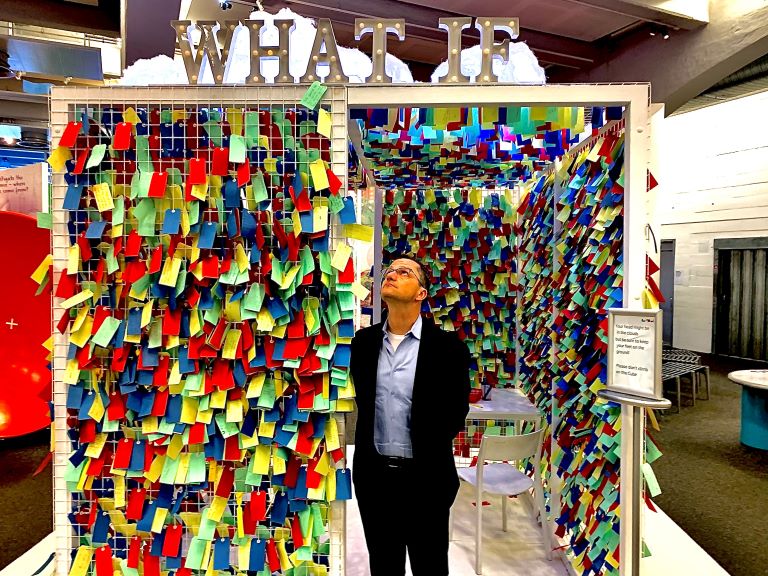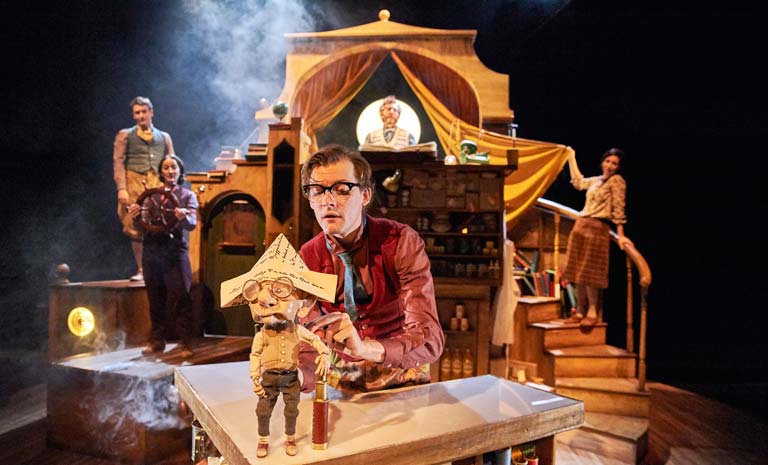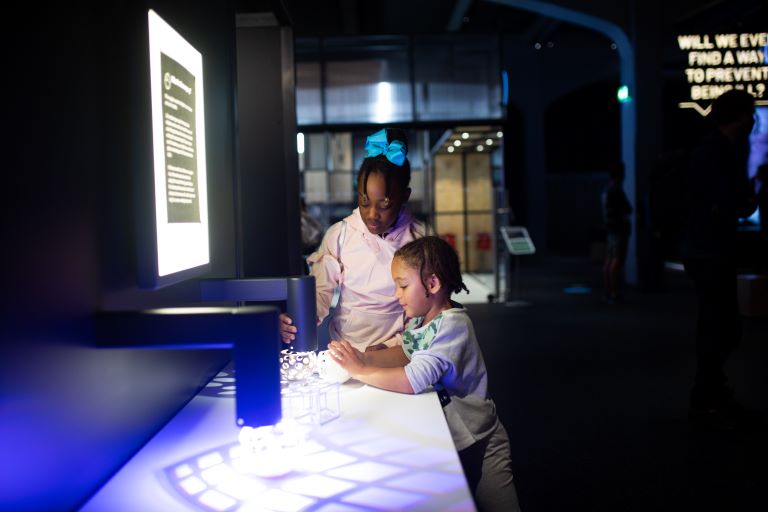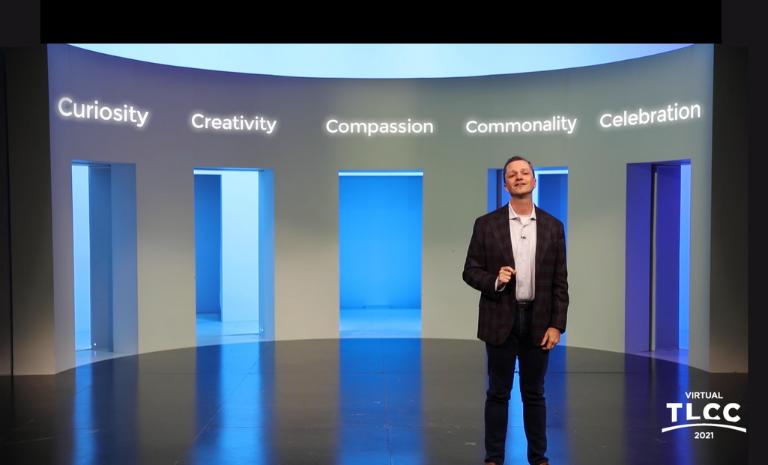Arts and Culture
Article
Insights & Innovation
46f45412-6bbe-4417-a83d-2261a08bb627
5 min
https://edge.sitecorecloud.io/tessituraneab9a-tessiturane5642-staging-5396/media/Images/Discover-Images/Thought-Leadership/Five-Superpowers/ProjectWhatIf2020LisaWhitingPhotography-768x465.png?h=465&iar=0&w=768
How arts and culture leads the way out of a curiosity drought
Do we remember how to be curious?

President & CEO, Tessitura
Do we remember how to be curious?
12/1/2021
5 min
“I have no special talent. I am only passionately curious.” — Albert Einstein
I recently read a study confirming a suspicion: our natural sense of curiosity dries up as we age. That five-year-old who once bubbled over with questions becomes the 50-year-old who no longer asks questions at all. Another recent study found that 20% of Americans couldn’t even remember the last time their curiosity was sparked.
One in five Americans have lost their sense of curiosity and it isn’t difficult to see the impact on modern life. There is a lot less listening, a lot more telling. At times it feels like we are in a curiosity drought.
Relearning Curiosity
Luckily, like any skill, we can regain our sense of curiosity with a little practice. While some folks might be turned off by the idea of relearning a life skill, cultural institutions make it simple and fun.
I like to think of cultural institutions as zero-entry pools for curiosity. These are modern day curiosity shops, places to effortlessly rediscover the curiosity of a five-year-old.

Photo by Julian Welsh of We the Curious
My favorite example is the aptly named We the Curious, a science center in Bristol, England. They arrived at their name and vision after asking people from all corners of Bristol what they wanted from a science center. The town was clear: they wanted a safe place for people to be curious together.
Armed with this simple insight, the leadership wrote a Manifesto for a Culture of Curiosity and refocused their programming around curiosity. Their newest exhibit centers on 10,000 questions submitted by regular folks from all over the city. It is called Project What If.

Here I am, pre-pandemic, enjoying an early prototype of what would become the “What if” project at We The Curious.
Communities far beyond Bristol are embracing a culture of curiosity, too. Curiosity is one of the core values of the Barking Gecko Theatre in Perth, Australia: “We are curious about other perspectives, other stories, other possibilities.” In Lehi, Utah, Thanksgiving Point features a Museum of Natural Curiosity. Like We the Curious, these organizations and others create places for their communities to be curious together.

Barking Gecko’s Bambert’s Book of Lost Stories. Left to right: Nick Maclaine, Amanda McGregor, Tim Watts, Igor Sas, Jo Morris. Photo by Jon Green.
But do we really believe that cultural organizations can help address our curiosity drought?
20% of Americans in the general population cannot remember the last time their curiosity was sparked.
Consider one more telling statistic. As noted before, 20% of Americans in the general population cannot remember the last time their curiosity was sparked. And yet, when the same question was asked of frequent museum-goers, the percentage dropped to 1%. That is, only one in 100 museum-goers cannot remember the last time their curiosity was sparked.

Photo of We the Curious by Lisa Whiting
Whether cause or effect, research confirms that people who visit cultural institutions are more likely to have their curiosity sparked. This is one more reason why I call curiosity one of the Superpowers of Arts and Culture.
Cultural organizations help communities remember how to be curious.
Cultural organizations help communities remember how to be curious. In turn, curious communities ask hard questions and imagine new ways to solve problems.
In short, a curious world is a thriving world. Arts and culture helps lead the way.
• • •
Tessitura has a vision: Working toward a day when every human in every community we serve has arts and culture as a meaningful part of their life.
This is the second in a series of posts where Andrew explores ways that cultural organizations can work toward that vision. You can see Andrew’s talk on the topic here: The Five Superpowers of Arts and Culture.
Top photo image credit: Lisa Whiting
Topics
Arts & Culture

Why Arts & Culture is Essential Today
Arts & Culture
Healing the world requires five human traits: arts & culture delivers them all.

A contactless customer journey with a personal touch
Arts & Culture / Business Strategy / COVID-19 / Technology / Ticketing & Admissions
How Georgia Aquarium creates a visitor-focused experience
